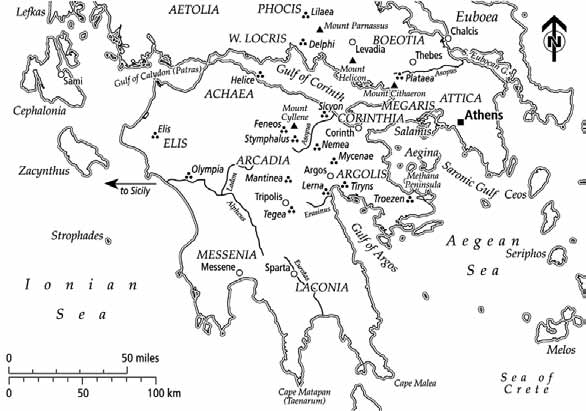Karst Hydrology in Ancient Myths from Arcadia and Argolis, Greece
DOI:
https://doi.org/10.3986/ac.v38i1.143Povzetek
The history of karst science includes ancient Greek literary narratives that describe the behavior of karstic waters, yet remain largely unrecognized for their hydrogeological relevance. This paper integrates karst hydrology with ancient myths and travelogues describing natural features in Arcadia and Argolis of the Greek Peloponnese. The karstic landscapes of these two regions were figuratively represented in the interrelated myths of the Danaids, Poseidon, and Amymone. In a nonmythical report of a historical occurrence, a deer hunter chased a deer into the temporarily flooded polje of ancient Stymphalus, but a sudden dislodging of the sinkhole debris plug caused the lake to drain so rapidly that the hunter and his prey were suctioned helplessly down into the whirlpool. Other ancient narratives described the subterranean connection of the Stymphalian polje and the Argolic springs of Erasinus. Some accounts stemmed from an ancient religious practice of throwing items into waters to propitiate the water gods: In one case, the watery disposition of propitiatory wreaths was determined by interweavings of the surface and subsurface components of the two karstic rivers named Alpheus and Eurotas. In other ancient accounts, certain rivers were said to sink underground at the coastline, travel through the bed of a bay or sea, and resurge as subaerial freshwater springs on the opposite shore of the saline waterbody.
Prenosi

Prenosi
Objavljeno
Kako citirati
Številka
Rubrike
Licenca
Avtorji jamčijo, da je delo njihova avtorska stvaritev, da v njem niso kršene avtorske pravice tretjih oseb ali kake druge pravice. V primeru zahtevkov tretjih oseb se avtorji zavezujejo, da bodo varovali interese založnika ter da bodo povrnili morebitno škodo.
Podrobneje v rubriki: Prispevki




